 Until now, I have resisted the urge to just show photos of animals unless the picture it fit into the theme of the particular blog. My theory is that you can Google images of animals or watch Nature if you want to see animals. Frankly, they have better equipment and more time. My best shots are pale reflections of the work of National Geographic.
Until now, I have resisted the urge to just show photos of animals unless the picture it fit into the theme of the particular blog. My theory is that you can Google images of animals or watch Nature if you want to see animals. Frankly, they have better equipment and more time. My best shots are pale reflections of the work of National Geographic.
Having said that, we have been taking a lot of pictures, some of which we are quite pleased with. As a result, I am putting the vast majority of our animal pictures into this one article. So if you like seeing animal shots (or you would like to critique my mediocre photography skills), this article is for you!
As I mentioned before, there are certain animals that you strive to see on safari.
We start with the Big 5. These are animals that are the most dangerous to a person on foot (like a hunter). Walter thinks the “Big 5” moniker came from European hunters in the days that “safari” meant big game hunting. If you injured, but did not kill, one of these creatures, you stood a good chance of becoming hyena food.
- Lion: what can I say? We never got tired of seeing lions. One of our favorite lion moments has no photograph. One night, we were running very late and driving 3 hours after sunset. While doing so, we came across a pride of Lions that Terrill spotted that was lying in the road. There were enjoying the warmth of the road. They saw us, slowly stood and walked away methodically. The next day, we came across “Terrill’s pride” sleeping in the sun.
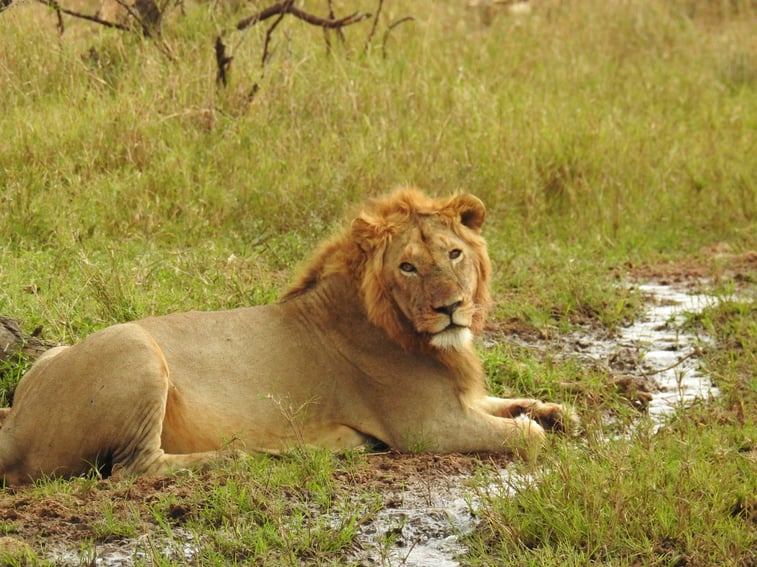
- Elephants: I know that elephants are at risk from poachers, but then we saw many breeding herds on our drives. A recent article estimates that elephant population in Africa has dropped 30% in the last 7 years. Happily, Tanzania is part of the solution.
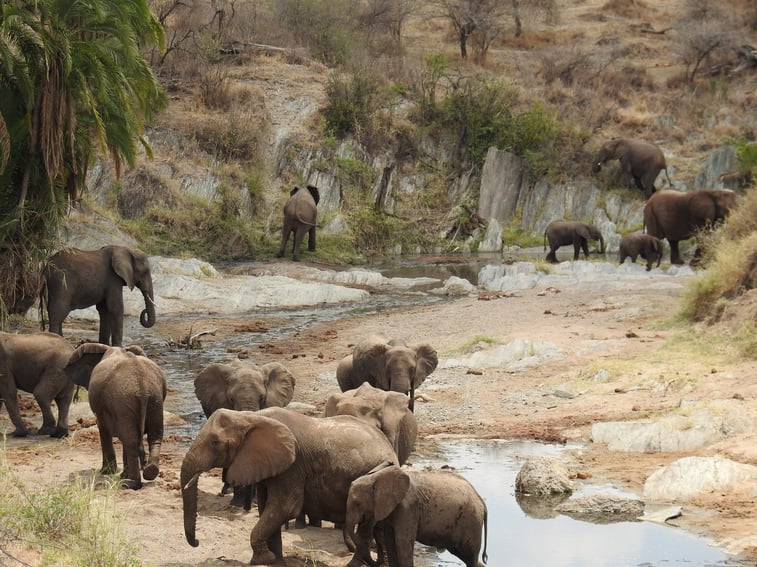
- Cape buffalo: You might wonder why the cape buffalo is on this list. They are huge and can become very aggressive if you invade their territory or harm them. Walter actually knew three people who were killed by an injured cape buffalo who was playing possum before charging.
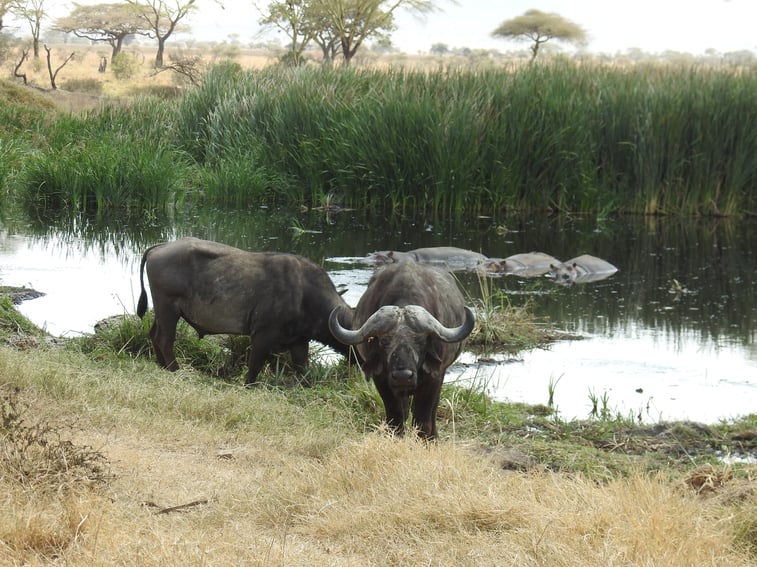
- Rhino: I talk enough about this guy a couple of days ago. We are just thrilled to have seen him.
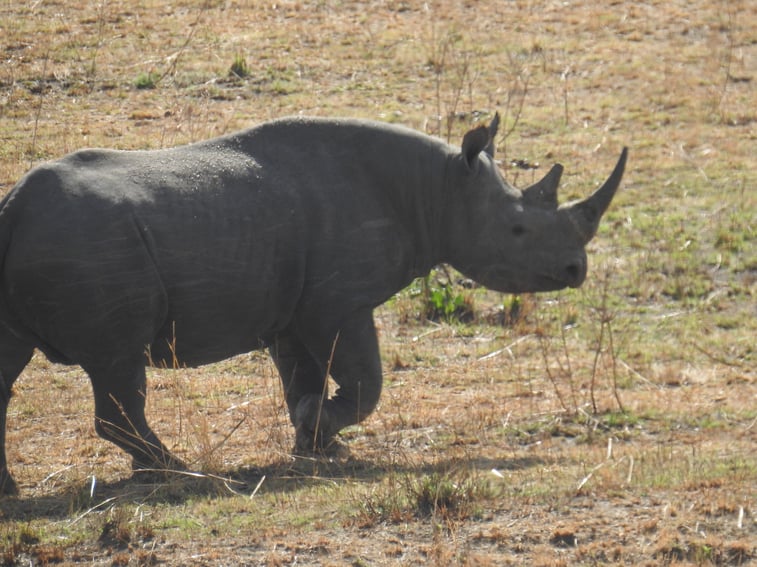
- Leopards: While the rhino is more rare, leopards are the top source of safari disappointment. They are difficult to spot and elusive to photo. We were incredibly fortunate to find the first guy perched on a rock outcropping. We saw the second one sleeping in a tree. Finally, we had one walk 10 feet in front of our car. Watching that animal walk reminded me of mercury – graceful and fluid.


But clearly, some of the most iconic animals are not in the Big 5. The safari junkies add three animals more to get “Super 8”.
- Cheetah: I am a giant fan of big cats and see the cheetah as uniquely graceful. We spent a lot of time to just get good shots.
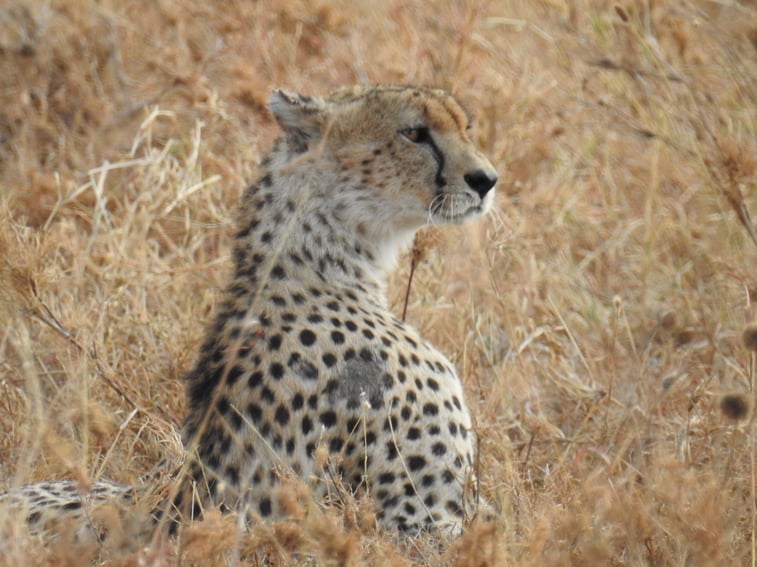
- Giraffe: The National Animal of Tanzania, you always enjoy seeing these creatures. I often wonder what the first European thought when he saw his first giraffe. I like to imagine him on a phone call [Note: I know he predated the phone.], “Nigel, Winchester here. How’s it going old chap? Things are well here, but I saw the oddest thing today. It was an animal. What did it look like? I am not sure how to describe it, bloke. Please picture a horse. Got it old pal? OK, now lengthen his legs. No, not just a few inches. Double their length. I am not jesting. Double the length. Now take the neck. Make it longer. No, double is not enough now. Lets go with four times longer. I am serious, the neck is 7-8 feet. Are you still with me, old boy? Now make the fur spotted. No, not subtle spots – dark brown ones on a yellowish field. No, I am not joking. But there is more. It has horns. Stubby, fuzzy horns that are 4-5 inches. No, no, I am not pulling your leg. On the Queen’s name, I am speaking truth. Finally, it has a tongue. I know, everyone has a tongue. But this tongue is over half a foot long. Please give my love to Eleanor. We’ll have a spot of tea when I return.”
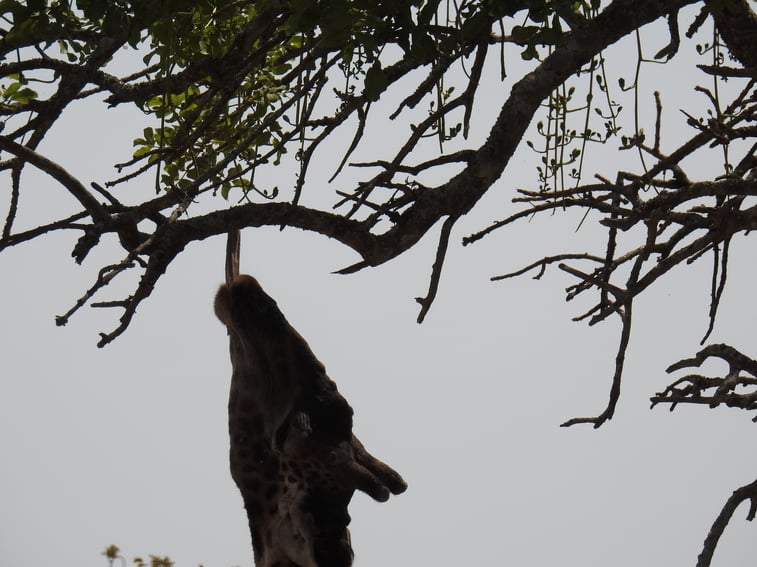
- Hippopotamus: The hippo smells very bad. I mean they are ripe. They are also silly, silly animals as long as you do not violate their territory. We had a Zambian counselor named Zimvula Zaza (one of the greatest names ever) whose uncle had been killed by a hippo. So to summarize, silly until deadly.
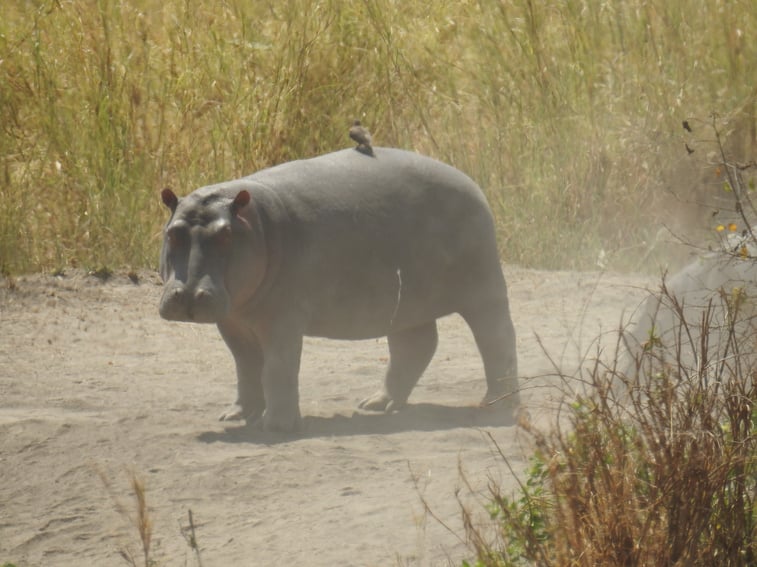
But there were other animals that brought smiles to our faces.
- Warthog: Few creatures manage to be both hideously ugly and oddly cute, but the warthog (always called “Pumba” by the guides since everyone has seen the “Lion King”) pulls off that trick.

- Hyena: This is one ugly animal, but incredibly well-adapted to the environment. They work well in groups and are the most opportunistic hunters, willing to kill live animals, steal prey from another predator or just pick food off a carcass.
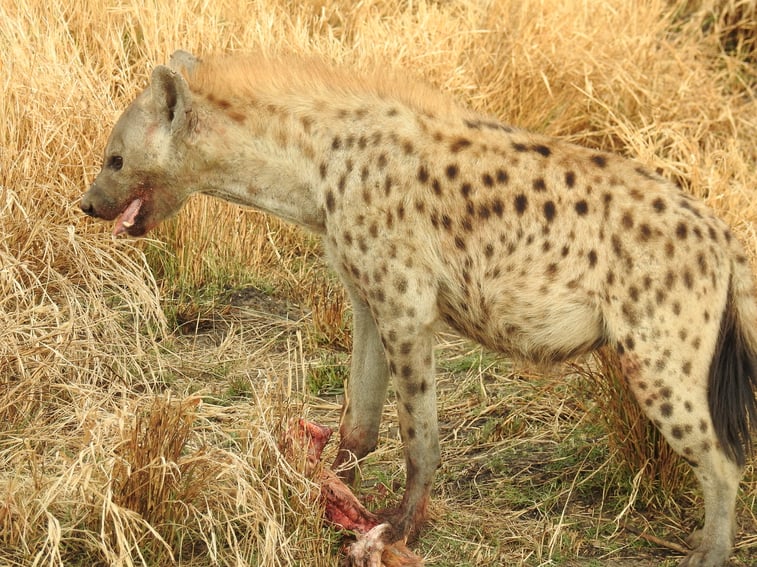
- Jackal: I was unprepared to see how cute this animal actually is. They look like adorable dogs with long ears.

- Zebra: They are everywhere. Walter explained the main reason for their stripes. Apparently, predators will select a particular animal to attack. Perhaps it is a juvenile or an injured animal, but it would be a specific individual. Once a predator starts to charge toward a herd of zebras. They start to run and these stripes confuse the hunter. All they see are the stripes., thus disrupt the hunting process.
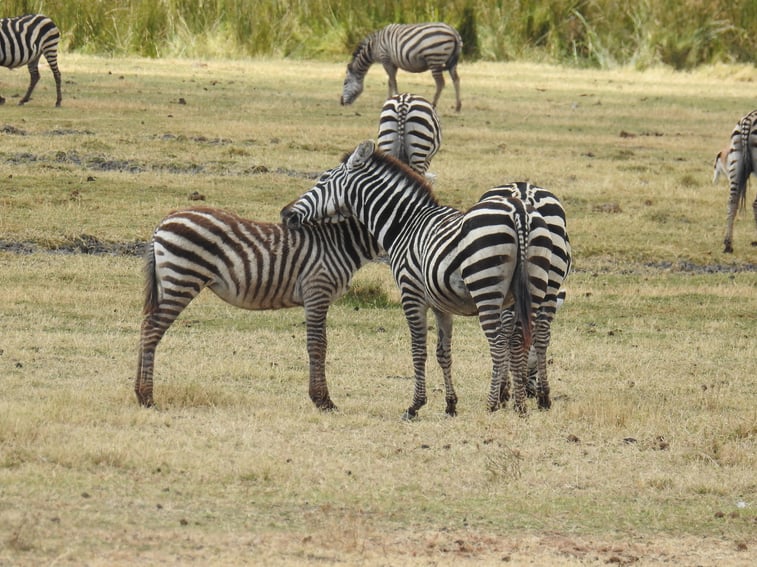
- Wildebeest: You know what I think about these guys.
- Gazelles and antelopes: Actually, you get really tired of these animals. They are everywhere and they have tawny colored fur, leading to the occasional mistaken identity. “Look, there is a lion crouching in the tall grass. Slow down Walter. No, sorry. It is another hartbeast/grand gazelle/eland. You can speed up again.”
- Dik dik: These are tiny gazelles that I include separately because we came across them in our tented camps. Their name derives from the sound that they make. They look more like pets than serious animals.
- Serval cat: We just missed getting a picture of this elusive dude. They look like house cats.
- Flamingos: These are just odd animals. I especially liked watching them fly.
- Ostrich: Simply a ridiculous animal.
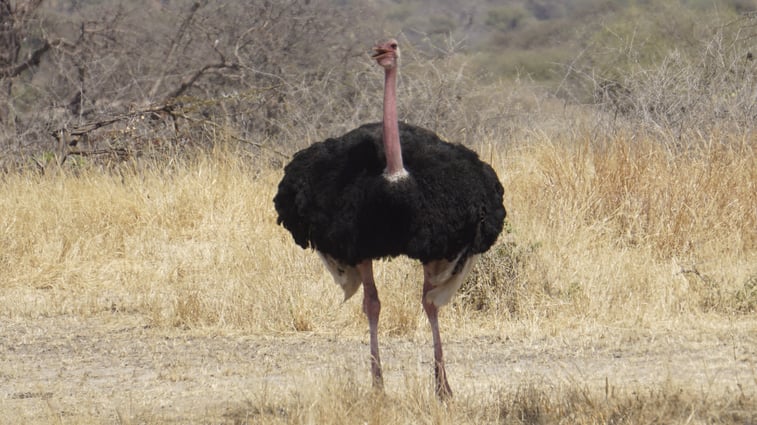
- Dwarf mongoose: When we were at the visitor center, we saw this guy. It was all we could do to resist feeding him and bringing him home with us.

- Striped mongoose: Tough little creature that we always saw in groups.
- Hyrax: These are essentially cute rodents. The closest US comparison is the nutria, yet the nutria is rather hideous and these guys were oddly lovable. We only saw them at two different tourist centers. In Italy, they would be cats. Here, we get these odd creatures.

- Baboon: The baboon is a master beggar, but feed at your own risk. If you offer one baboon anything, you will find a swarm of them on top of your car. This was not our car. We managed to keep our crazed animal feeders at bay.
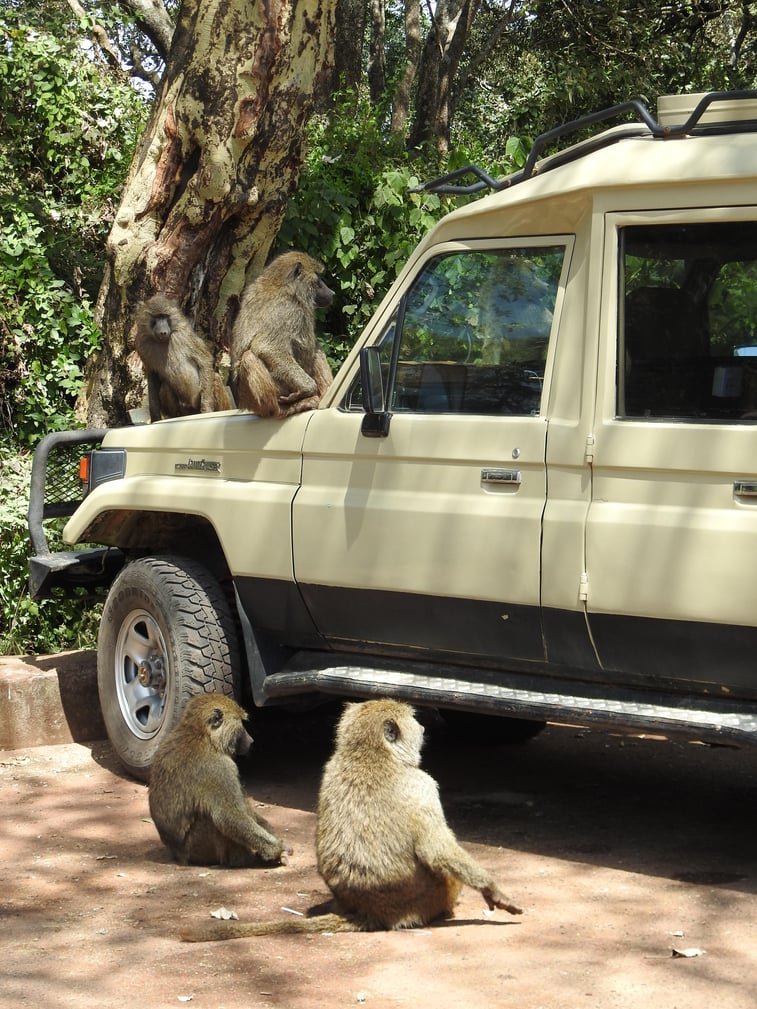
- Black Faced Monkey: We were fans of this mama monkey.
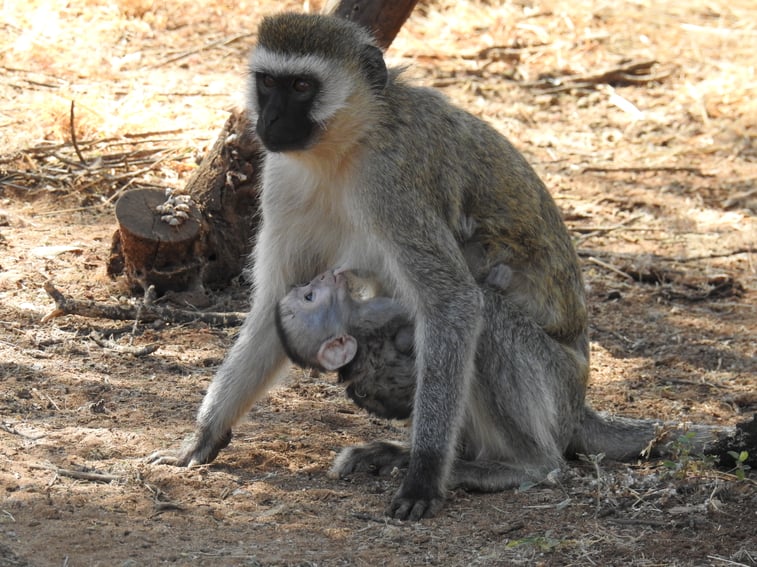
- Colorful reptiles: We thought this lizard had been painted by a camper.
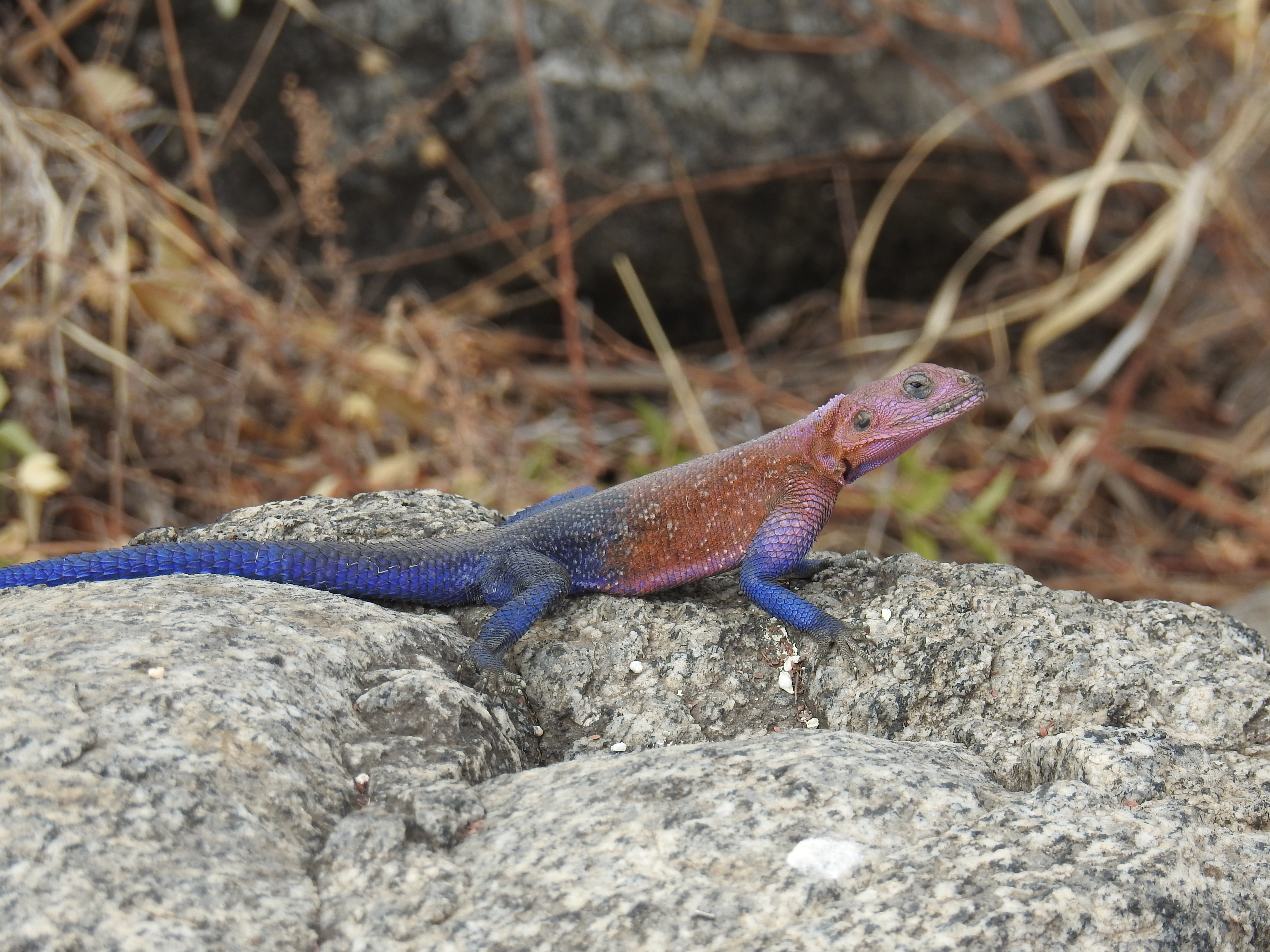
- Secretary birds: They are largish birds that derive their name from the fact that 17th century Europeans would use their head feathers as quills.
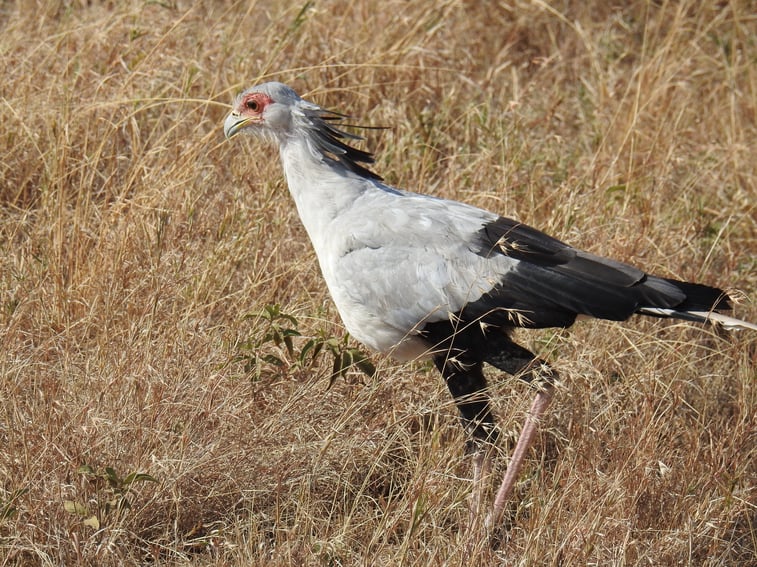
- Lilac-breasted roller: This bird is just gorgeous.
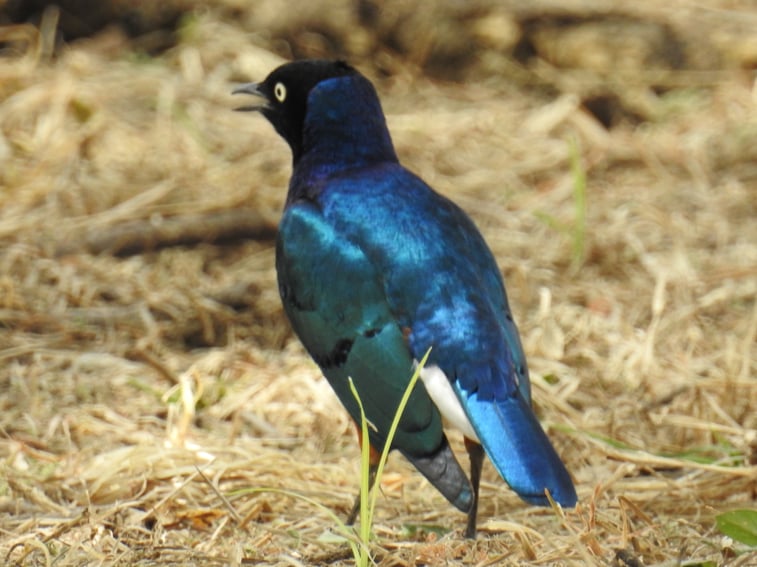
- Crown crane: We just like this dudes headgear.
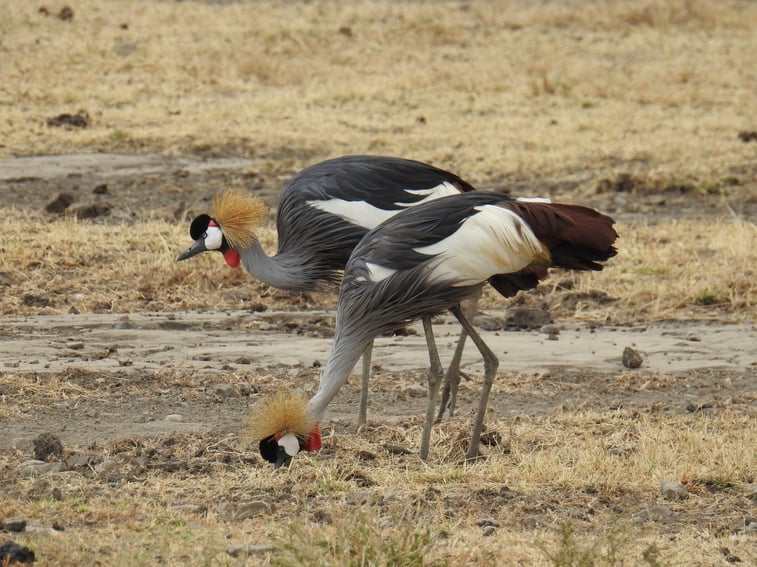
- Misc .birds: I shared some bird photos before, but here are some more.

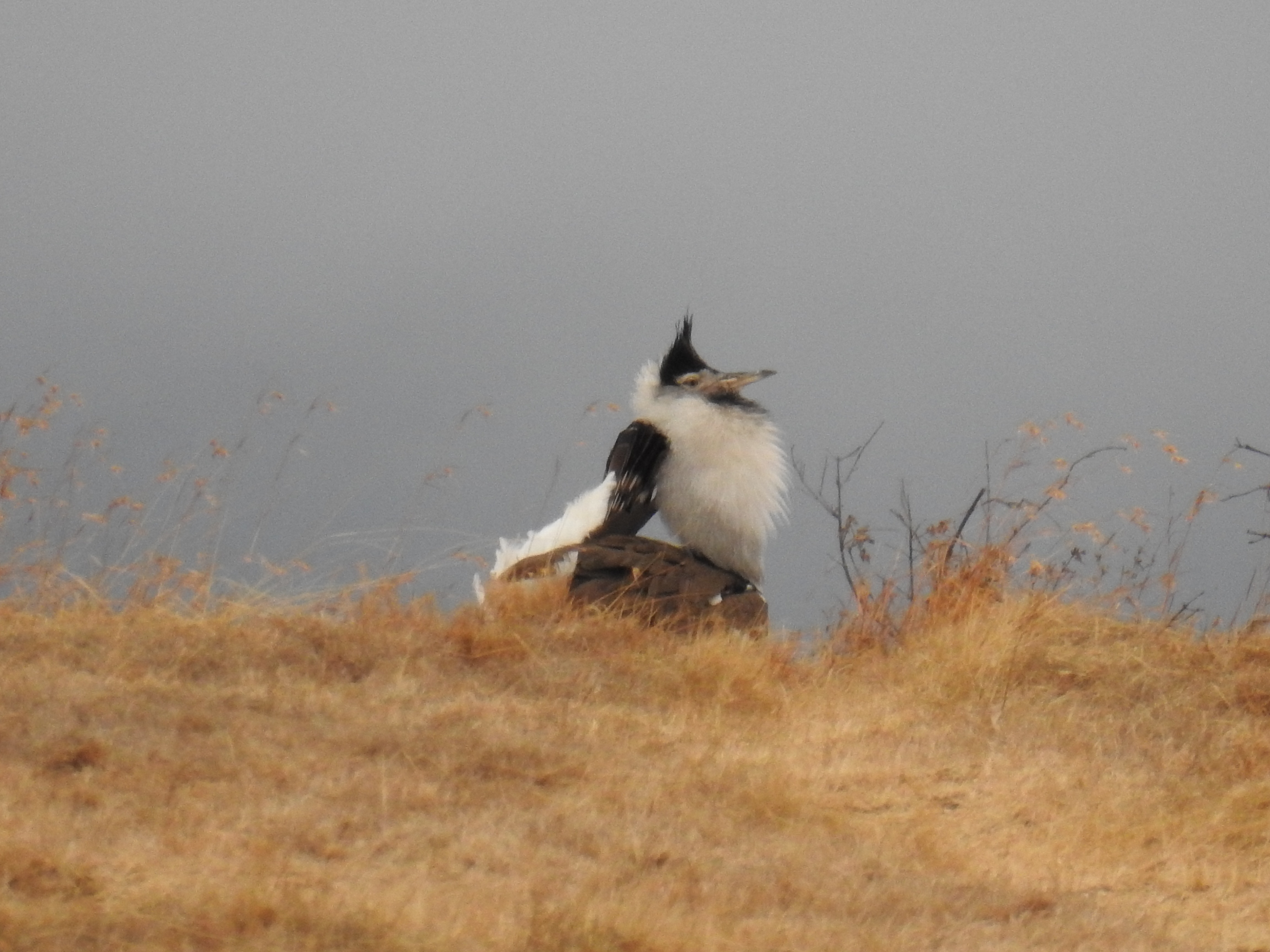
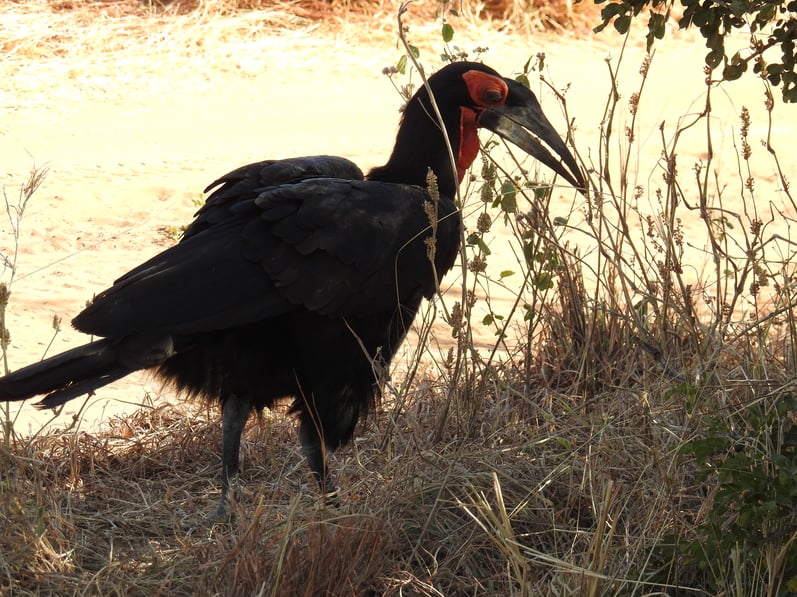
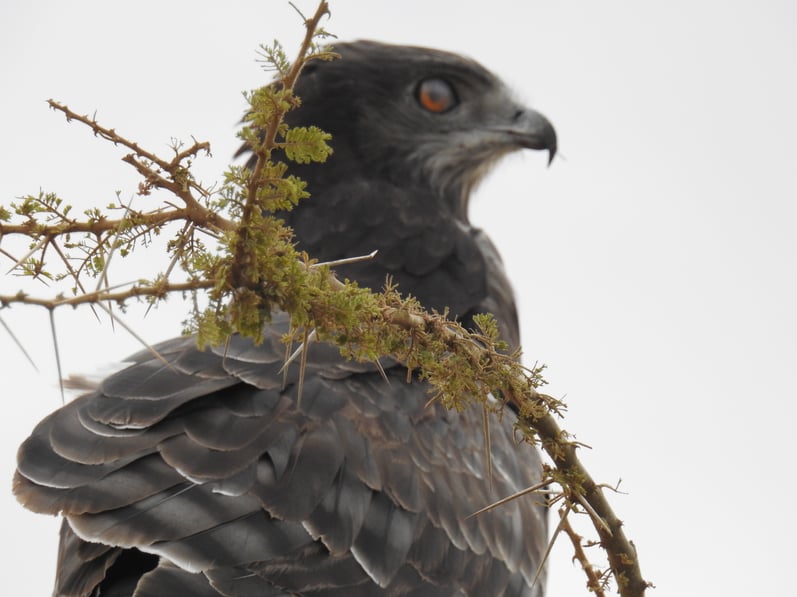
OK, that is your animal blog. If you made it this far, I thank you for indulging me. I hope you enjoyed it.
Steve Sir


